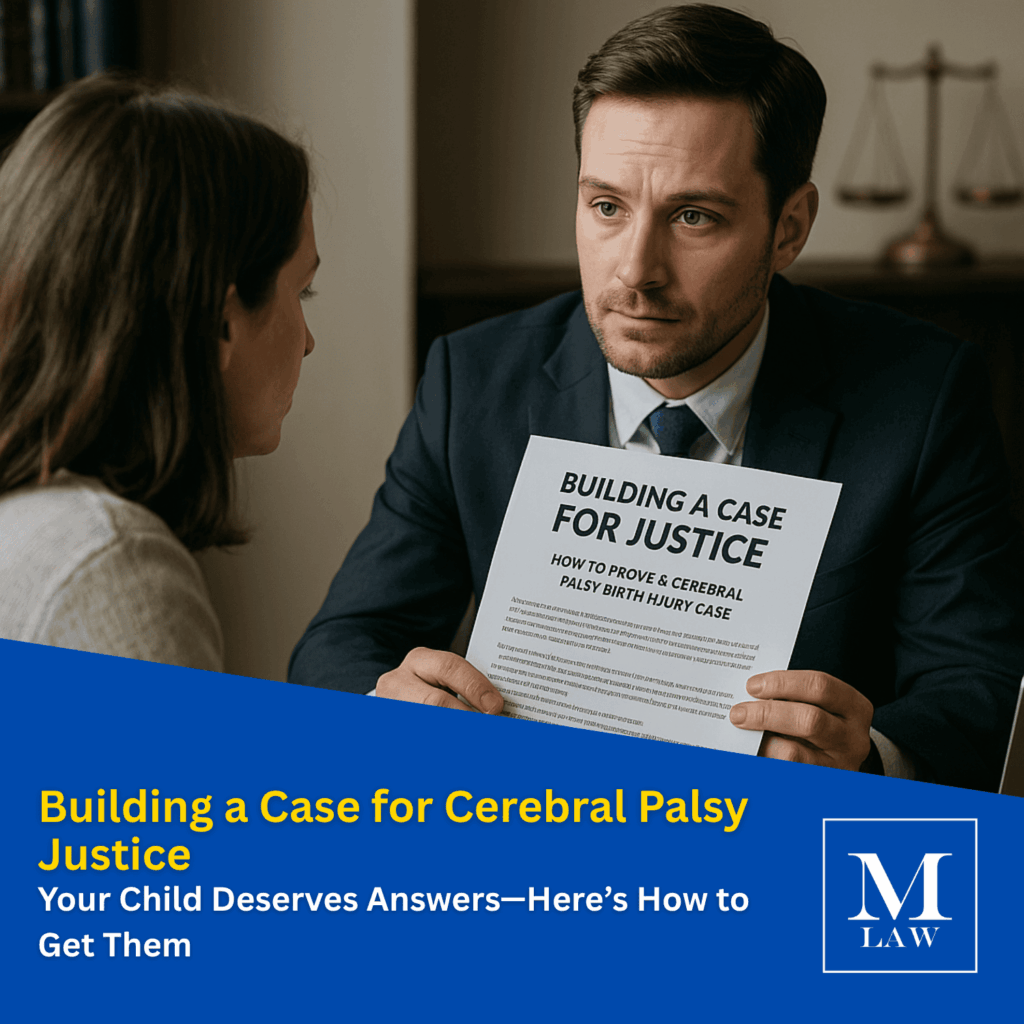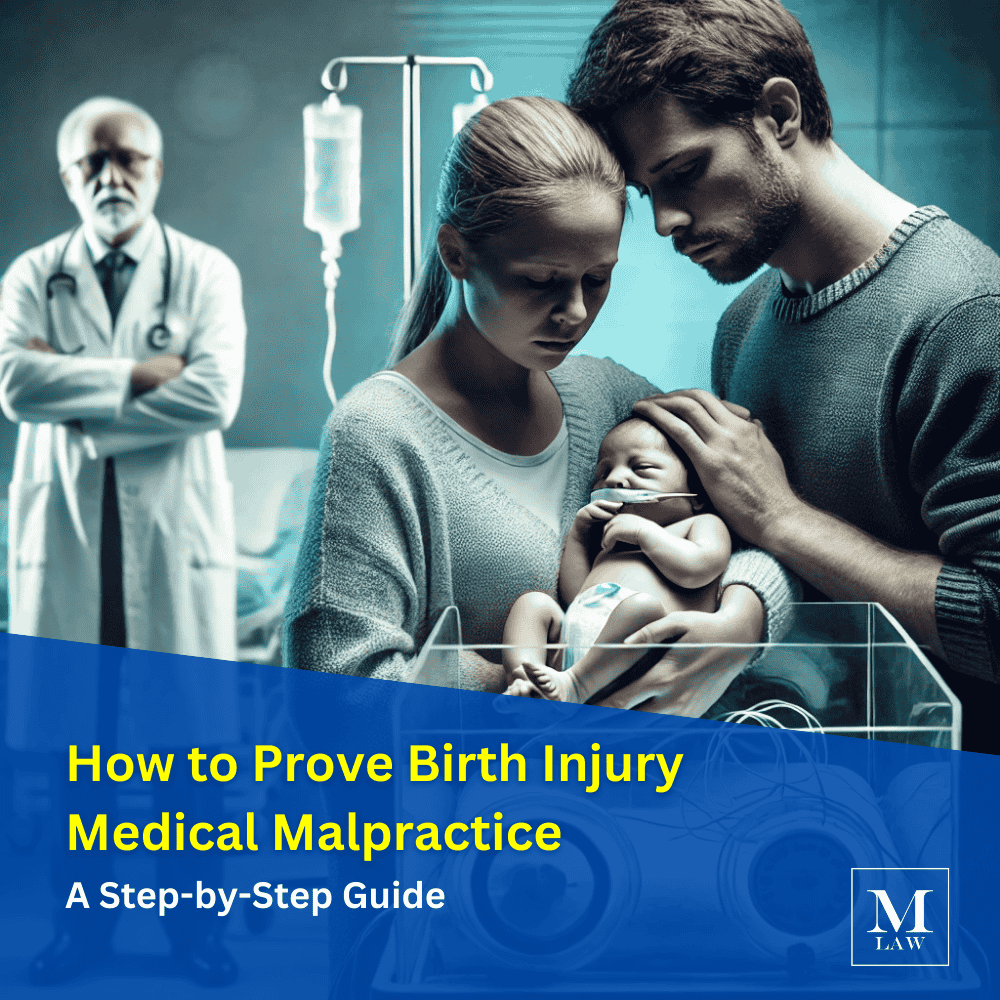Here at Merson Law, we’ve covered a lot of birth injuries on our blog, but what we don’t often talk about are injuries that can affect the mother. A retained placenta is just one of the many medical emergencies that can occur during childbirth, and though it is uncommon, it is very serious, and can threaten your life if untreated.
A retained placenta is when the placenta is not delivered within 30 minutes of the baby’s birth. It is a serious problem since it can lead to severe infection or life-threatening blood loss.
It is not common for this to happen, but because of the severity of a retained placenta, and because it is always a possibility, your obstetrician should have the proper training to diagnose and treat a retained placenta, should it arise.

What causes a retained placenta?
During childbirth, your contractions are supposed to push out both the baby and the placenta. A placenta can be retained if your contractions aren’t strong enough to expel it, or if the cervix closes and traps the placenta inside your uterus.
You are more at risk of a retained placenta if you are over the age of 30, have a premature baby or if your first and second stages of labor were very long. It can also happen if you have fibroids or another problem with your uterus.
Many expecting mothers receive an injection of syntocinon (a synthetic version of the hormone oxytocin), which helps deliver the placenta and reduces the risk of postpartum bleeding.
Getting the injection is part of “active management” of labor.
What are the symptoms of retained placenta?
The main symptom of retained placenta is that the placenta doesn’t completely come out of the uterus after the baby is born. Another symptom can be bleeding before the placenta comes out.
If a piece of placenta is left behind, you may develop symptoms days or weeks after the birth. These may include:
- fever
- a bad smelling discharge from the vagina
- heavy bleeding
- large pieces of tissue coming out of the vagina
- pain

What is the treatment for a retained placenta?
Sometimes a retained placenta can be removed simply by having the doctor or midwife gently pull the umbilical cord. In other situations, emptying your bladder or changing the position in which you are laying can dislodge or expel the placenta.
If all else fails, you may need surgery to have it removed. During this surgery, you will be placed under anesthesia or given an epidural. The doctor will use an instrument known as a curette to scrape away the lining of the uterus and remove any of the remaining pieces of placenta.
While you’re waiting for surgery, the medical team should monitor you to make sure you’re not bleeding heavily due to a postpartum hemorrhage.
Once you undergo the surgery, the procedure itself is quick. Still, you will need to be monitored again for several hours to ensure everything went well.
If you do start to experience some of the symptoms mentioned above in the days and weeks after you have had your baby, it’s important to see your doctor immediately. It is not always obvious after the placenta has been delivered that some tissue may have been left behind and this can lead to infection and bleeding. If you are bleeding heavily after the birth, you will need surgery to investigate the cause.
Contact an Experienced Medical Malpractice Attorney
If you suffered a retained placenta, we may be able to help you seek financial compensation.
At Merson Law PLLC, we are dedicated as a team of medical malpractice lawyers to bring about the best outcome for you. We understand how heartbreaking a preventable injury can be, not including the financial and mental hardship that this injury can bring. If your doctors did not take the measures discussed in this article to prevent or treat a retained placenta, you may be entitled to financial compensation.
We’ll help you determine if you were the victim of medical negligence or medical malpractice, and we will fight for you, as we have for many clients before.
Call us today or fill out our contact form to schedule a free initial consultation.
You can find more information on this topic from the American Pregnancy Association’s article on Retained Placenta.








